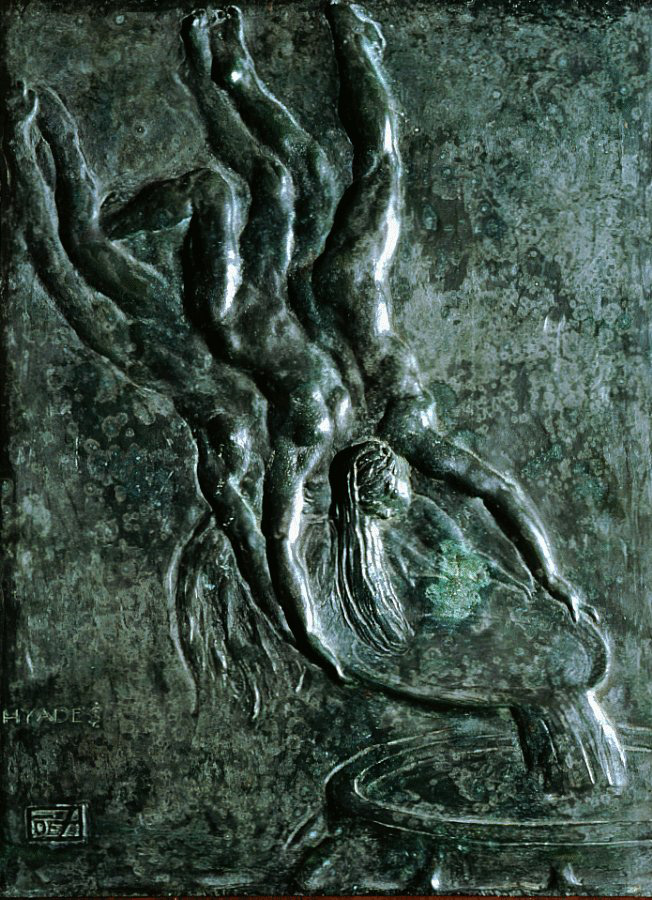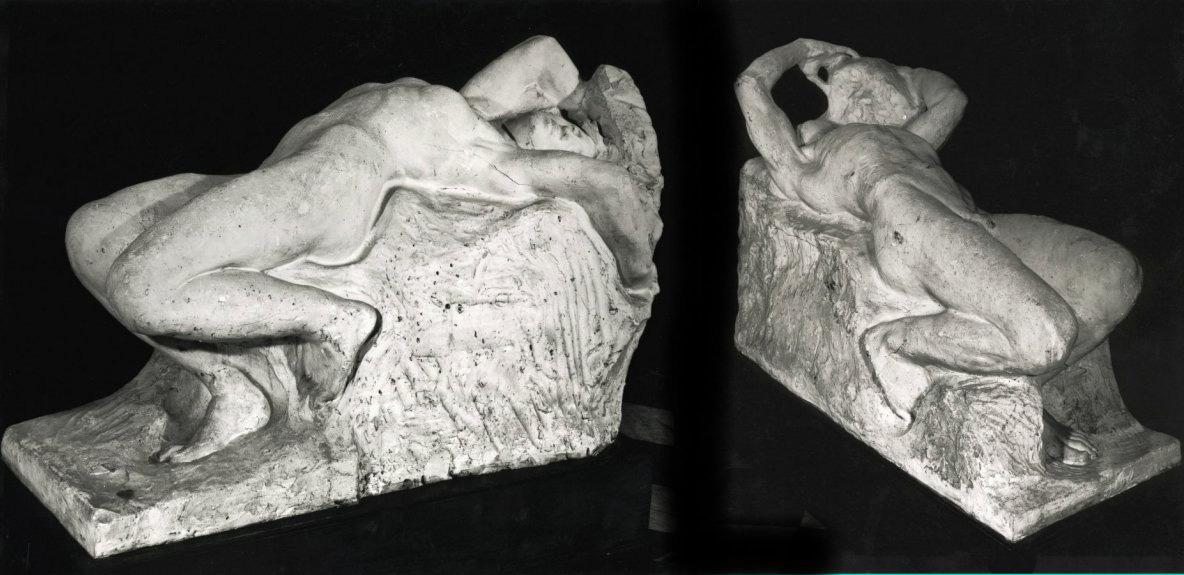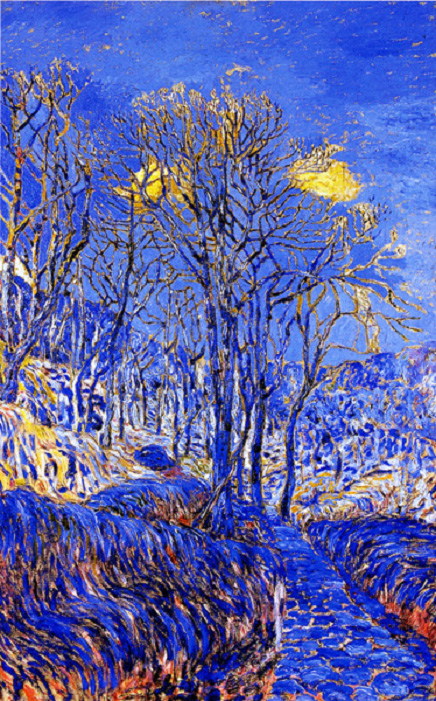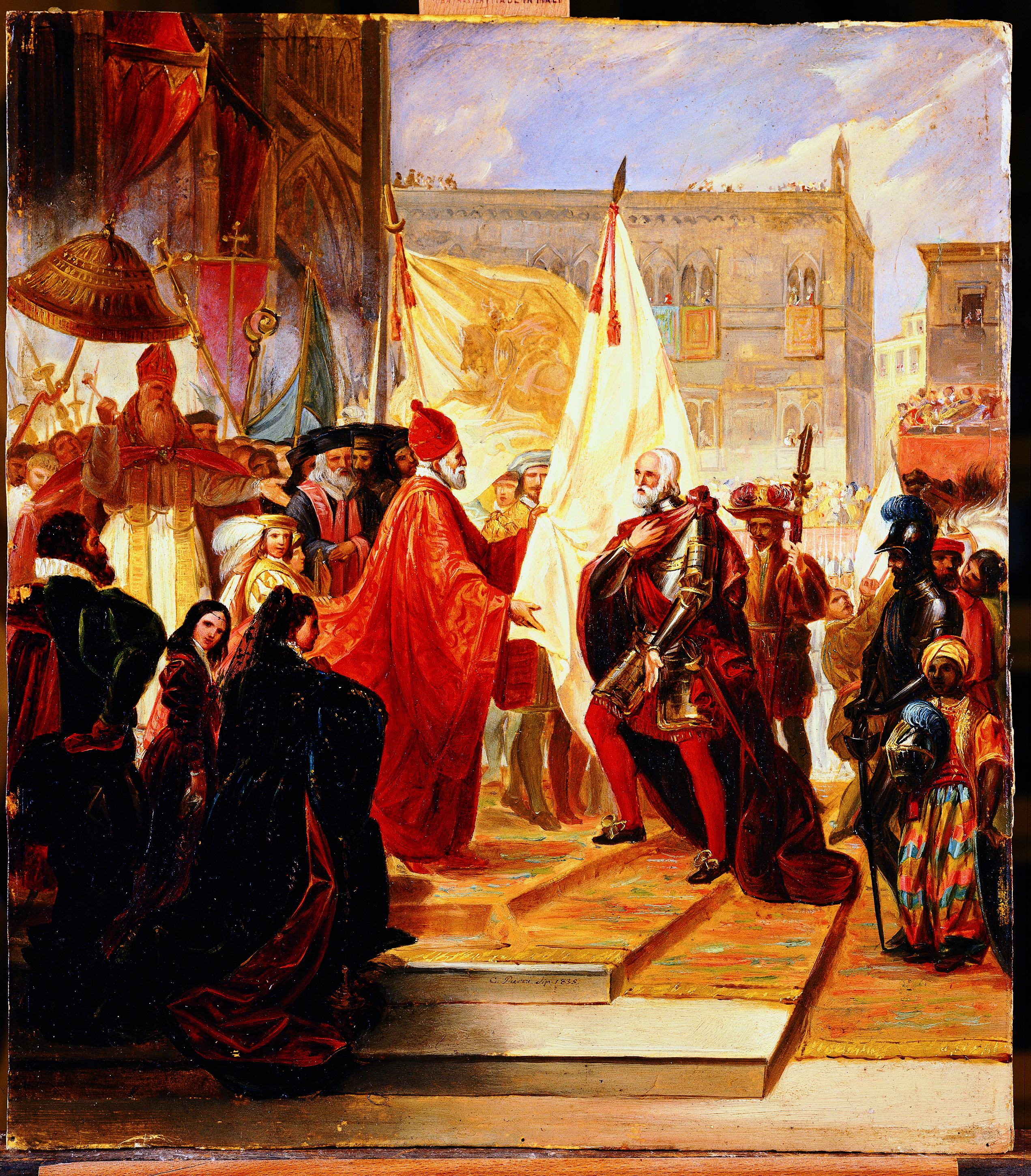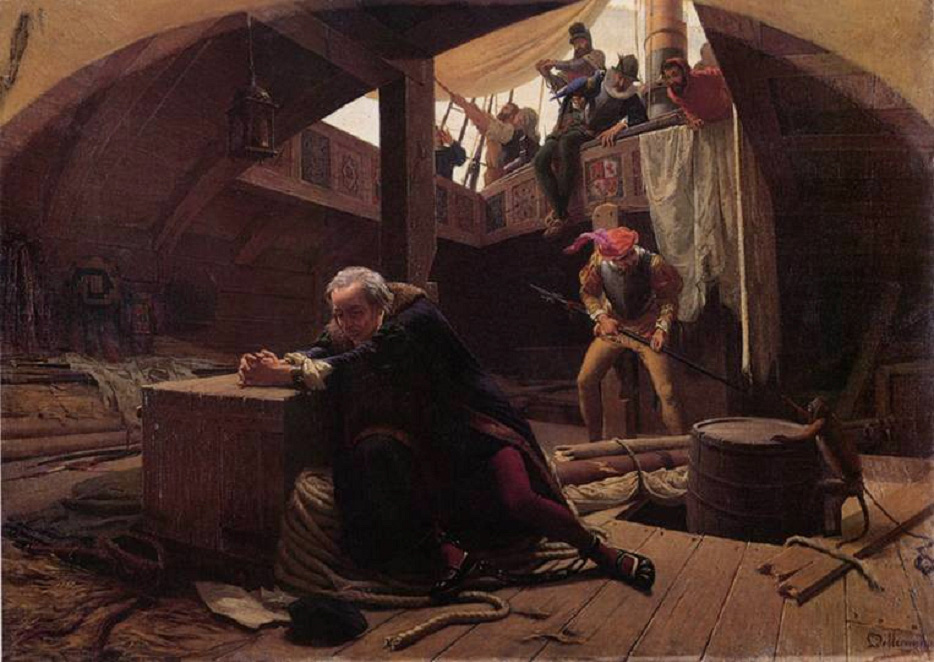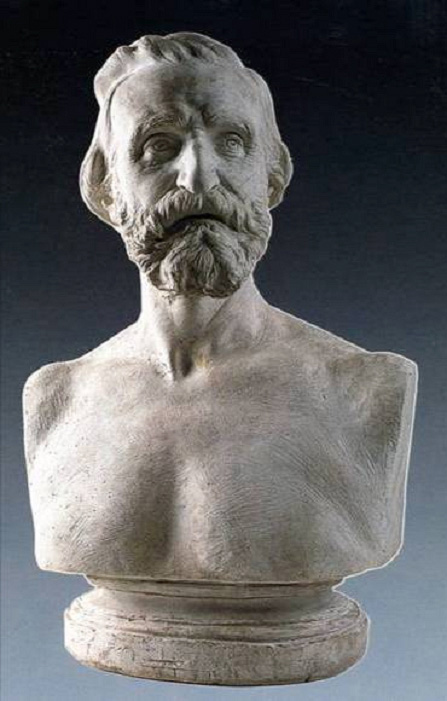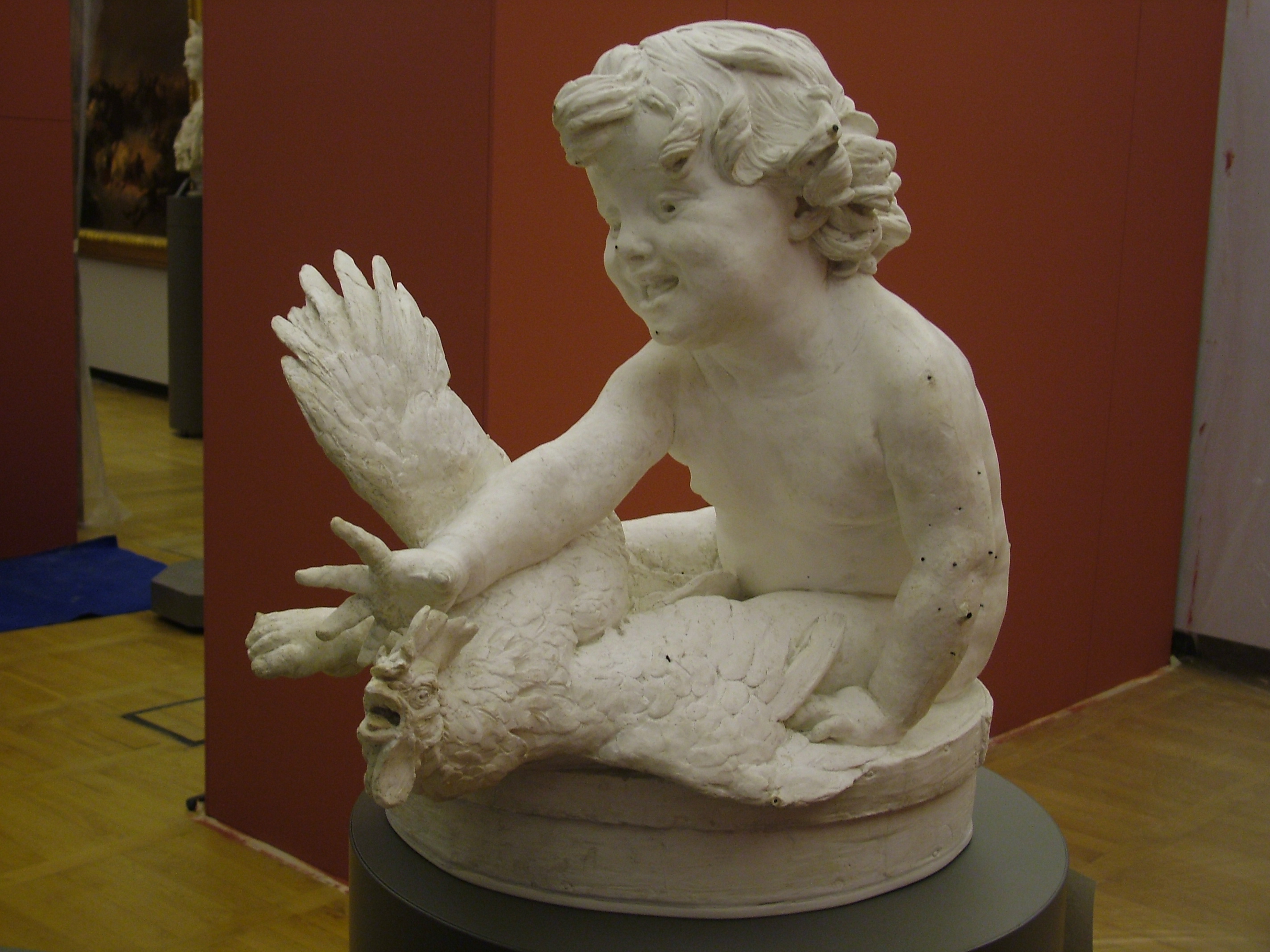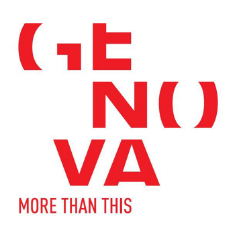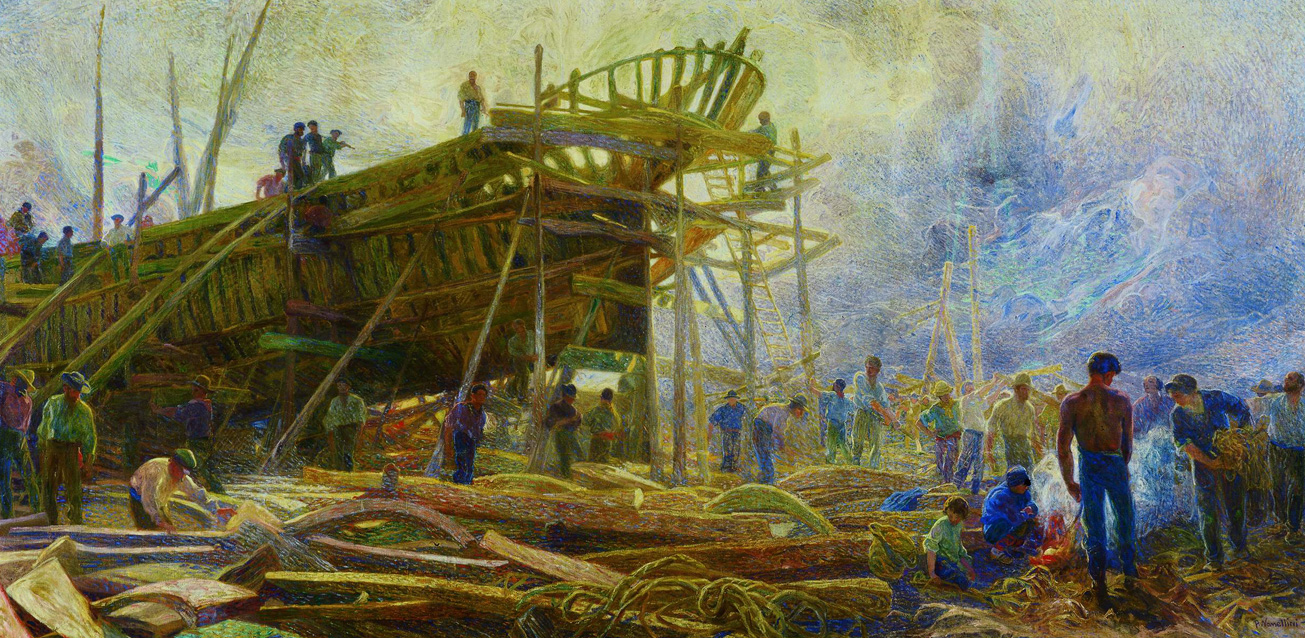
Click here to view image
The construction site
Nomellini, Plinio
painting
1909 - 1909 - XX
GAM1612
Unità di misura: cm; Altezza: 300; Larghezza: 600
olio e tempera su tela
The painting was created to decorate the Town Hall of Sampierdarena and exhibited at the 8th International Biennial Art Exhibition in Venice in 1909. The painting depicts a ship under construction at a shipyard with workers at work.

